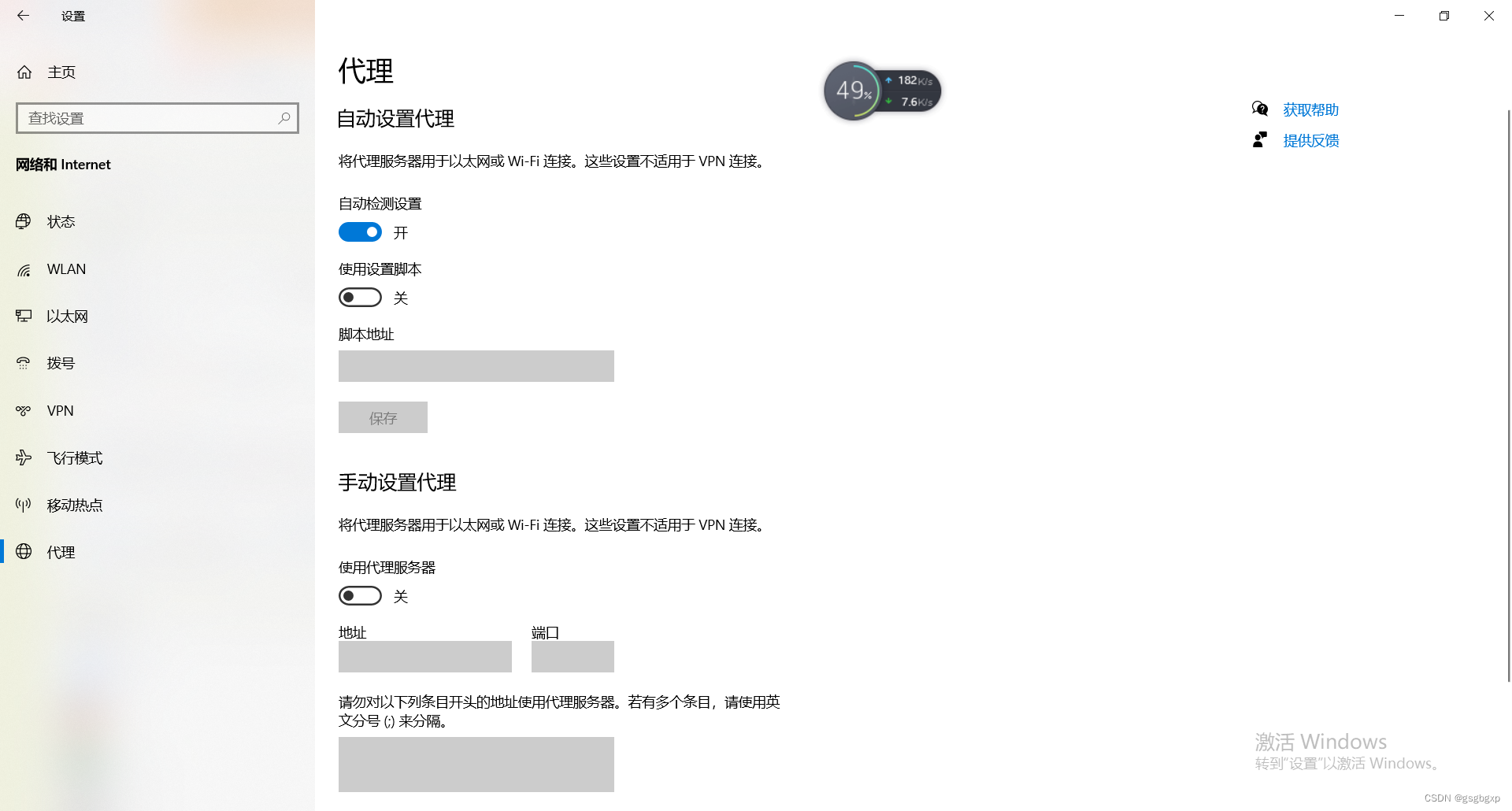Install Anaconda
There are many online tutorials for this part, which are basically the same. Here are the links for your reference:
- https://blog.csdn.net/weixin_42322256/article/details/122737706
- https://zhuanlan.zhihu.com/p/75717350
There are two points to note:
1. Do not add environment variables during installation, and add them separately later.

2. Add Chinese mirror image
Other questions
1. About the installation path of the conda environment
https://blog.csdn.net/qq_52714643/article/details/125857573
Just Me is only for your current windows account, so when configuring the conda environment, Anaconda3 will only Considering the configuration of the software itself, the configuration environment will be specified as Anaconda3/envs by default.
And All Users is for different users of this computer, so when you configure the environment, Anaconda3 will consider specifying your environment under your user's name (of course, the user's data is on the C drive), this is done so as not to affect Every user on this computer. So at this time, no matter which disk you install Anaconda3 on, your configuration environment will default to the C disk.
Therefore, if you want to specify the default path under the Anaconda3 installation path, you only need to select Just Me during installation.
Install VSCode
Just download and install normally, and record a few pits here.
1. The relationship between Run Code and Run Python File of VSCode
Reference link: https://blog.csdn.net/zoubaihan/article/details/124092937
The key here is to set the python interpreter of anaconda in Python, otherwise use The default python interpreter.
My own path is "C:\ProgramData\Anaconda3\python"

2. The installation package reports an error ProxyError: Conda cannot proceed due to an error in your proxy configuration.
The solution is to close the VPN
reference link: https://blog.csdn.net /weixin_44217936/article/details/118938301
